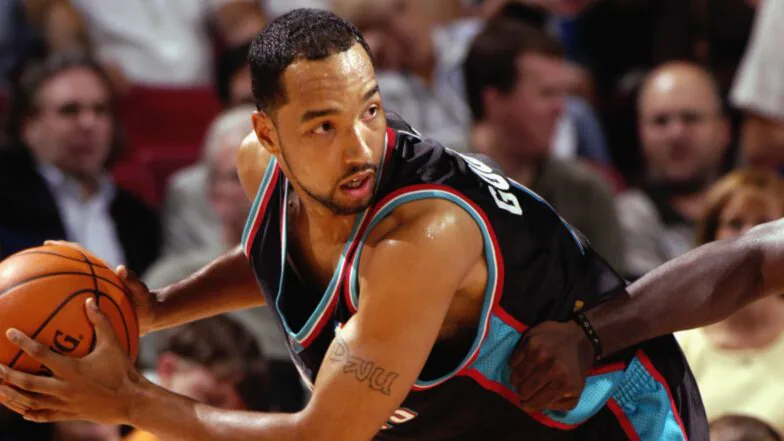NBA Fantasy - Salary Cap Edition: Strategies for Building a Winning Team

The start of the NBA regular season on Oct. 22 not only ushers the sport back into households around the world, but also means
NBA Fantasy – Salary Cap Edition game
is back following its introduction a year ago. With a financial twist on the traditional fantasy game format, participants learn to be both general manager and head coach of a team through the successes and failures of a season.
Whether you’re a returning player in search of a refresher course, a fantasy first-timer wanting to learn the ropes or just interested in knowing what distinguishes this competitive league, you can start by drafting your squad.
Building your team

Here’s the rundown:
Each fantasy player drafts 10 NBA players for their team
You’ll roster five frontcourt players – small forwards, power forwards and centers – as well as five backcourt players – point guards and shooting guards – whose collective salaries add up to no more than $100M
Every player’s value is performance-based and fluctuates as the season progresses
There are limitations on who you can draft to reach that 10-player threshold, as no more than two players from the same NBA team can be selected. So, you want Jayson Tatum and Jaylen Brown? That’s fine – but you can’t have Jrue Holiday, Derrick White or any other Celtics. It’s not about recreating your favorite squad – the goal is to craft the most productive All-Star team possible.
Building a balanced, efficient roster paves the path toward ultimate bragging rights at season’s close. You’ll want to draft a mix of premium players and budget players that complement each other’s on-court strengths, as your team’s point total on any given gameday will be a product of points, rebounds, assists, blocks, steals and turnovers.
Selecting your lineup
You’ll select five players from your roster to form your starting lineup for each gameday – the deadline for which will be 30 minutes prior to tipoff of that day’s first NBA contest. Those relegated to the bench, however, are still valuable assets, as they’ll substitute for any starters who earn less than one minute of playing time.
Substitutions are made automatically, but you also have control over who you want to sub in. You’ll assign priorities so that your preferred backups take the court when called upon, based on the position of need. A sub cannot break your formation though, which is chosen prior to the gameday deadline as either two backcourt plus three frontcourt players or three backcourt players plus two frontcourt.
Results from the 2023-24 season – available under the “
statistics
” tab on the website – are a useful tool to help guide your roster-building process, and former leaders in the sport’s different statistical categories can prove to be worthy players to target.
Regardless of your basketball knowledge, a brand-new season means brand-new opportunity. Get ready to draft!
Play NBA Fantasy – Salary Cap Edition
RELATED STORIES






LATEST NEWS







